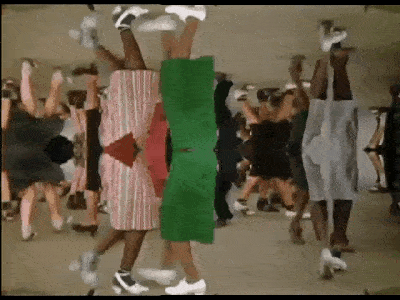I began writing My Mad Dances in my junior year at Oberlin as a choral piece—a setting of Ada Limón’s poem, “A Name.” As so often happens, however, the material began to take on a character of its own—one that was at odds with Limón’s text, one that felt at home, not in the mouths of six solo singers, but in the fingers of six solo string players.
Once I stopped working with Limón’s text and changed my instrumentation, my intention with the piece transformed into a personal, purely musical, endeavor to write fast, rambunctious music that would give the listener an impression of a character absorbed in the fervor of strange dances, awkward movements, elbows and knees flying.
The piece is in three sections. The first is an aggressive dance, replete with stomps, thumbs, and wild spins. A driving ostinato in the second viola and cellos underpins a sprightly, almost fiendish melody in the violins and first viola. The music builds and builds in intensity until it reaches a lush, romantic climax, suddenly melodious and graceful. The second section—an expansive five-part canon—is a waltz, “mad” in its slow un-danceability, but also something of an “eye-in-the-storm” that is the rest of the work. The third section is a recapitulation of the first but elaborated and ornamented in order to drive the piece to as “mad” a conclusion as possible.
Among many reasons, My Mad Dances is important to me because it was the first piece in which I felt that I had successfully wrote fast and canonic music (two types of music that have dominated my work since). The title, then, has a double meaning, referring, not only to dances I’m trying to evoke in the music, but to the mad dance I went through to write music that used techniques and had characters and shapes that were new to me.
Performances
11/17/2018
Honors
- Honorable Mention – Boston New Music Initiative’s Fifth Annual Young Composers Competition
- Finalist – Delirium Musicum’s 2019 Call for Scores
